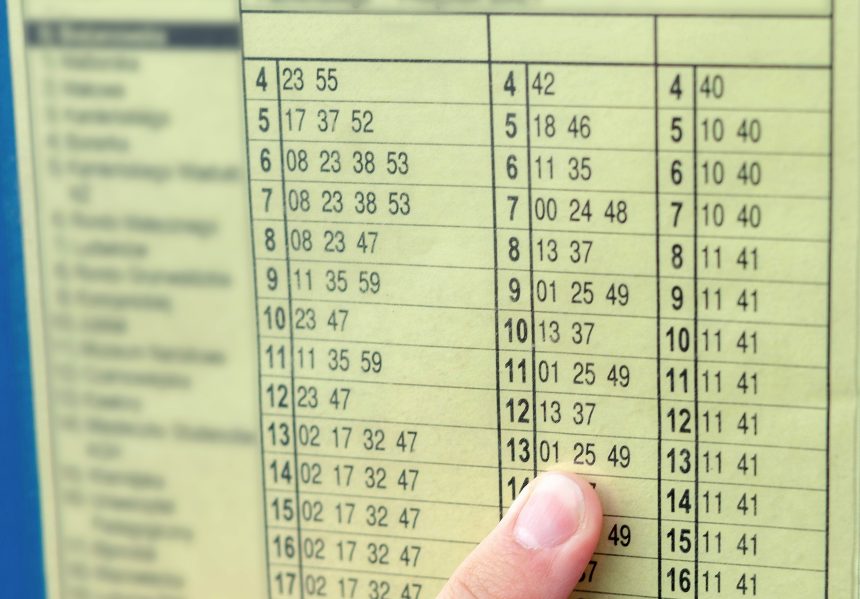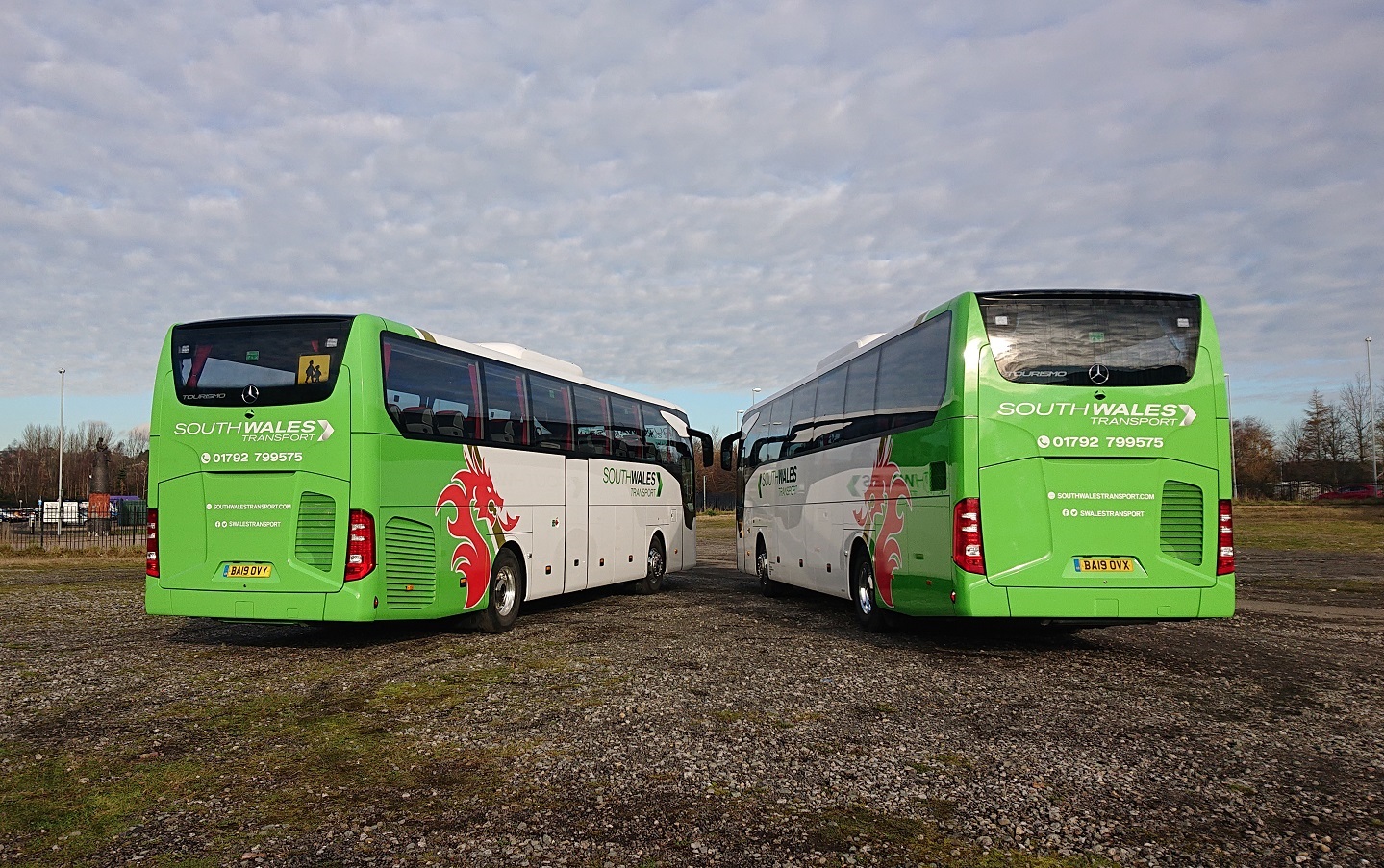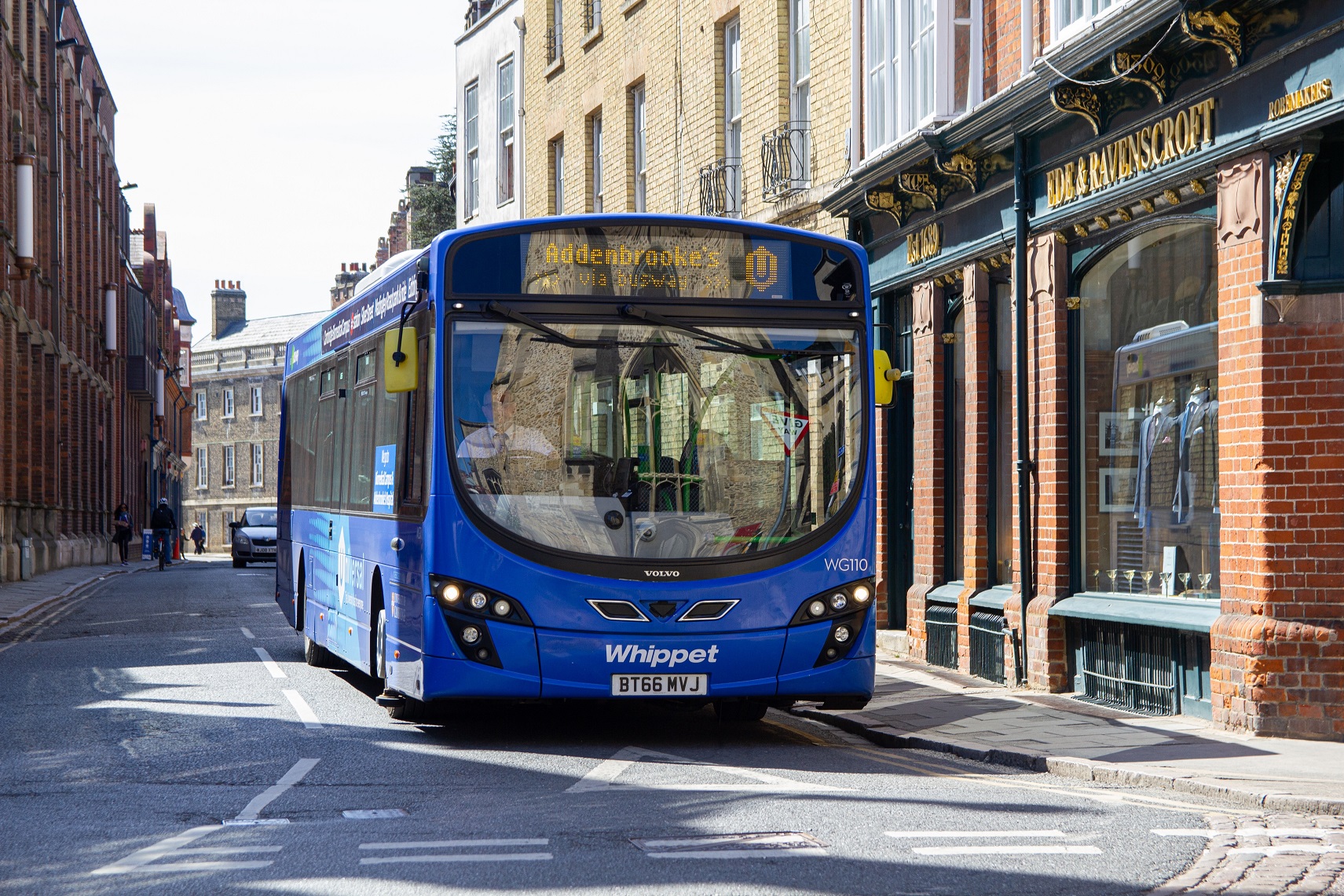There was a time when every bus operator’s published timetable would say “then at these minutes past each hour,” and show standard times that applied for most of the day. Even 40 years ago, the morning peak often had a shift to the left to get journeys in by their usual time – their ‘usual time’ not always being the actual time.
But those days have sadly gone, days of knowing that the number 2 went at 10-to and 20-past. Traffic congestion has killed off that standardisation. In the peaks, buses must run to times that reflect what they can achieve. Timings that are often painful to look at. 10 miles, 75 minutes? Tragic.
The off-peak has shrunk too. It no longer crosses the ever-earlier school finish time (you begin to wonder why they go in at all). Standard pattern times apply 0900hrs to 1500hrs, if you’re lucky. On a long service, the first off-pattern journey might leave just after 1300hrs.
Timetables have to meet the Traffic Commissioners’ standards of punctuality – although you wonder if this is always in the passengers’ interests. Who wants to sit and wait time on the way home from work if the traffic happens to be lighter?
Then when there is the opportunity to put standard times in place, often they are not standard at all. Isn’t it a step too far for every journey to have different running times? Surely a realistic average is good enough? If a “15-minute” service ends up running every 13, 17, 21, 14 minutes, etc, how on earth does anybody remember that?
How do you coordinate it with another service on the same corridor? “You wait ages and then two come at once.” Asking for it, really. We also know what will happen to the bus following the 21-minute gap above; it will steadily get later and later. The ‘system’ will then probably find that out and allocate it more time…
Elasticities of demand predicts the probable effects of changes in frequency, but only for ‘sensible’ frequencies! We simply do not know what effect on demand irregular headways have. My belief is that it will not be favourable. Buses sell best based on simplicity – simple route, simple fares, simple timetable. Irregular headways must come at a cost.
I know there will be those who say that technology overcomes this, that you can check the progress of your bus on your phone and watch the countdown on your real-time display. If that equipment is dependable. Probably the same cohort who see no value in printed timetables. It may be true, but of little comfort if you are standing in the rain watching your next bus some distance away. Knowledge does not make you drier.




























